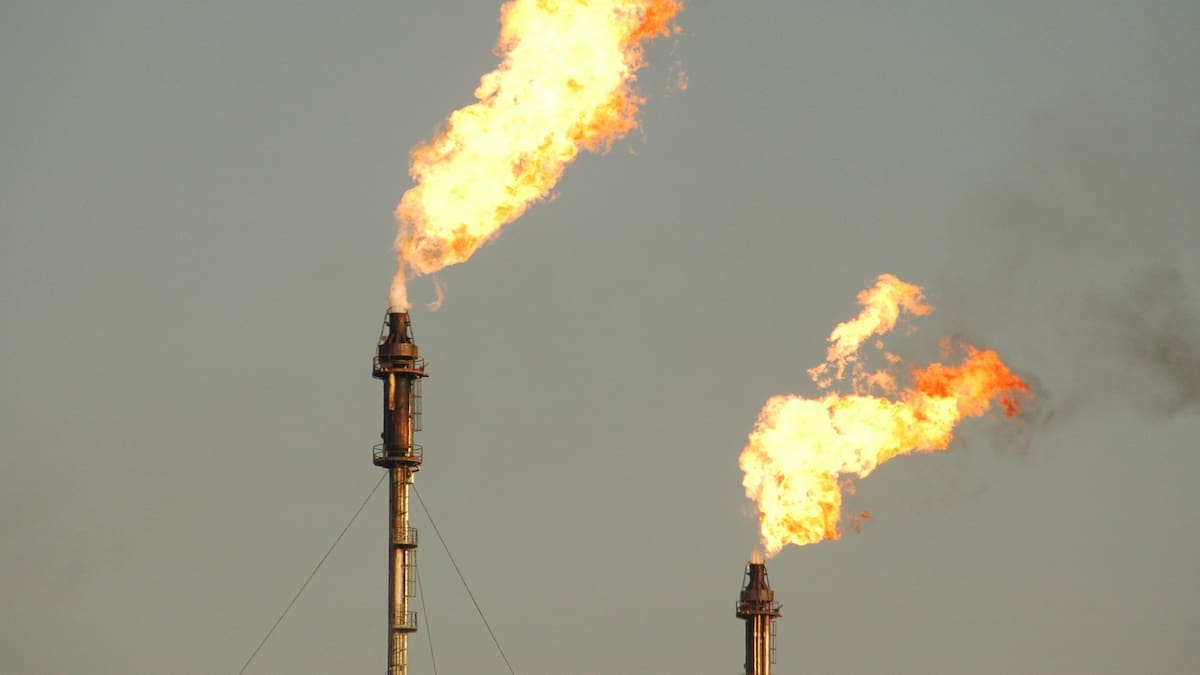“The structural gas supply decline is expected to continue, driven by ageing offshore fields such as Maui, Kupe and Pohokura, the Ahuroa gas storage downgrade and potential exit of [methanol exporter] Methanex.”
BCG said these factors put pressure on affordability and security of gas, and indirectly the affordability and security of electricity.
Gas – which has a lower carbon footprint than coal – is responsible for about 8% of New Zealand’s power generation.
BCG said gas is a critical transition fuel.
“With the current gas crunch we are facing we need to pull all levers to address supply and demand – this includes increasing drilling in existing fields, transitioning some gas users to electricity and biomass, and continuing to build out renewable generation to reduce gas demand in the electricity sector,” it said.
BCG said gas had been the “shock absorber” that underwrites the security of supply for the electricity industry.
Richard Hobbs, partner at BCG and lead author of the report, said New Zealand needed to move quickly to make the most of what gas is left.
“But we’re not exactly about to usher in a new era of abundant gas,” he said.
While gas has been declining, renewables have been on the increase.
BCG data showed New Zealand is developing new renewable generation at an annual rate that is 25% higher than that of the peak of the Think Big hydro programme in the 1970s.
Committed or under-construction projects are projected to lead to 95% renewable generation by 2027, with the broader pipeline set to enable 98% renewables by 2030.
BCG said renewables construction should not mean New Zealand should abandon gas altogether.
“When it comes to gas, we absolutely need immediate interventions to leverage the remaining gas in existing gas fields.
“There will still be benefits to gas for a long time, especially from a security perspective.”
The decline of gas started the clock on two things: extracting gas at speed by drilling existing fields, and moving even faster to develop and commission renewables in that same amount of time, it said.
“The relatively recent discovery that our gas fields are declining faster than previously forecasted has put renewables on an even faster timeline to kick in.
“We aren’t against new exploration or other methods of gas discovery, extraction and deployment in the long run, but we need to be thoughtful and deliberate about what is going to solve our gas crunch in the short-term, and what will set us up best to grow in the longer term.”
Gas production has repeatedly underperformed MBIE Producer Forecasts by 10-20% each year since 2022, BCG said.
“This is eroding confidence and uncertainty across the sector.”
BCG says that it is not too late to create the conditions necessary to retain and attract economic growth opportunities.
Elsewhere in the report, increasingly affordable and secure supply of energy is essential to economic growth because it signals that NZ is a fertile place for new investment into growth-catalysts as well as growth and commitment to remain for current major players.
BCG says that, due to its abundance of hydro and geothermal resources, it already has a competitive advantage in retaining and attracting emerging industries seeking low-carbon, secure and price competitive electricity.
Analysis using BCG’s global data centre model indicates that for every $1 invested in new renewable energy generation to support data centres, around $16 of economic impact will be unlocked over 10 years.
The report was commissioned by the four largest New Zealand generator-retailers – Contact Energy, Genesis Energy, Mercury and Meridian Energy.
Jamie Gray is an Auckland-based journalist, covering the financial markets, the primary sector and energy. He joined the Herald in 2011.
Stay ahead with the latest market moves, corporate updates, and economic insights by subscribing to our Business newsletter – your essential weekly round-up of all the business news you need.

